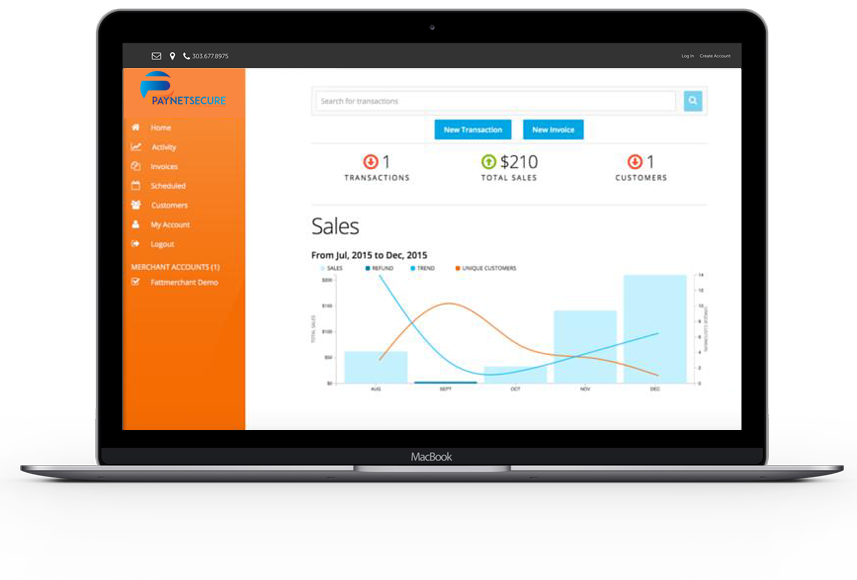Most internet merchants are now requiring consumers to enter the three or four digit number on the back of the credit card as part of the checkout process. The three digit code is known by several names: Card Verification Value (CVV), Card Validation Code (CVC) and Card ID (CID).
The theory is that the cardholder must physically have the card in hand in order to know what the code is. Therefore, the risk of fraud is reduced.
Remember, though, that fraudsters can acquire the numbers as well. For instance, a hacker can break into a database where credit card information is stored. The credit card information, including the code, is stolen.
AVS and code verification are a simple method of fraud protection. Yet, both can easily be compromised by a savvy fraudster. By all means, merchants ought to use both.
But, realize that used alone, AVS and codes will not protect you. Combine them with a sophisticated fraud prevention program from a payment gateway for added protection.
For more information, contact info@paynetsecure.net
